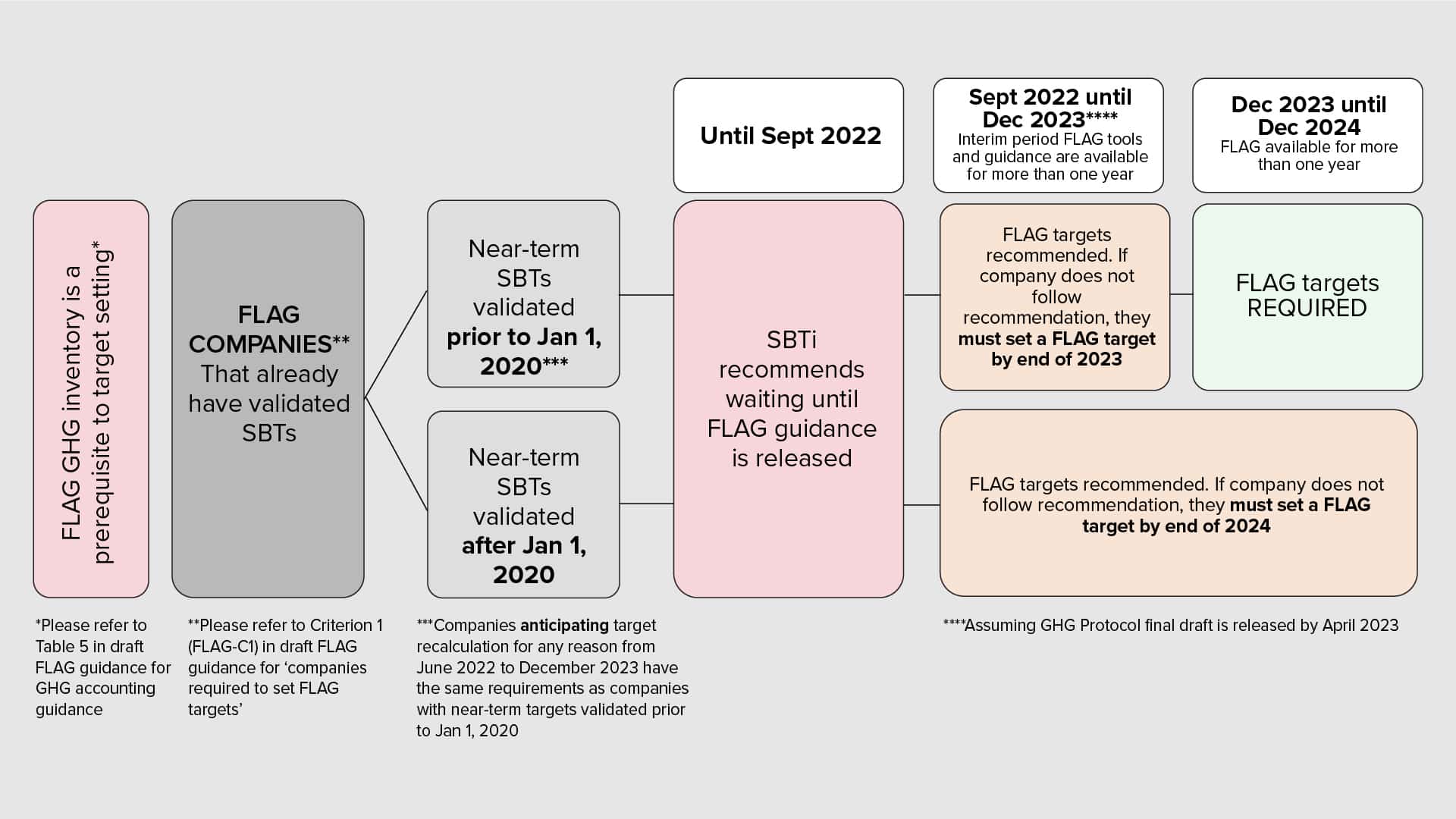As the world strives towards a zero-carbon economy, more than 4,000 businesses worldwide have committed to reducing greenhouse gas (GHG) emissions through the Science-Based Target initiative. These targets are rooted in climate science and have guided companies in reducing over 53 million tons of CO2 emissions since 2015.
This September, the SBTi released a new Forest, Land, and Agriculture (FLAG) science-based target setting guidance to support companies in setting their own science-based targets for FLAG-related GHG emissions and removals.
Why science-based targets?
Science-based targets are determined by the Science Based Targets initiative to provide companies with a formalized structure for committing to reducing GHG emissions. A company may have other sustainability targets, but to qualify as a “science-based target,” companies must align their GHG reduction targets with the goals of the Paris agreement, which requires targets to limit the global average temperature increase to 1.5°C above pre-industrial levels.
Benefits to setting a science-based target:
- Reduce risk and increase resiliency amidst changing regulatory, climatic, and geopolitical environments.
- Contribute to key customer goals and win new customers by providing GHG data and demonstrating alignment with customer (or prospective customer) science-based targets.
- Leverage efficiency improvements to reduce GHG emissions (e.g., renewable energy, production efficiency, etc.).
- Strengthen reputation and trust in your company by addressing consumer and customer demand to decrease global emissions.
Overview of the New FLAG Guidance
The new guidance outlines criteria for setting science-based targets within the Forest, Land and Agriculture sector. Pinion sustainability advisors outlined what you should know about the new guidance.
What is the SBTi FLAG guidance?
The SBTi FLAG guidance supports companies that are interested in setting science-based targets for Forest, Land, and Agriculture (FLAG) related GHG emissions and removals.
It applies specifically to land-related emissions and removals (under the GHG Protocol accounting guidance) within the direct control of a company (scope 1) and its supply chain (scope 3).
Who needs to set a FLAG target?
For companies planning to set FLAG science-based targets, the SBTi requires companies meet either of the following two criteria (in addition to non-FLAG targets):
- Companies in the following industries: food production (ag and animal protein), food and beverage processing, food and staples retailing, forest and paper products, and tobacco industries.
- Companies with FLAG-related emissions that total 20% or more of overall emissions across scopes.
What are the key requirements of the FLAG guidance?
The FLAG guidance calls for companies to take the following steps:
- Set near-term FLAG science-based targets. This includes 5–10-year emission reduction targets in line with limiting warming to 1.5°C.
- Account for removals in near-term FLAG science-based targets. GHG removals include enhancing soil carbon sequestration on working lands, improving forest management practices, etc.
- Set zero-deforestation targets for no later than 2025. Companies must make a public commitment to “no deforestation.”
- Set science-based targets for fossil emissions. Companies must set FLAG science-based targets AND fossil (non-FLAG) science-based targets separately. It is important to note that land-based removals (e.g., soil carbon sequestration) cannot be used to meet non-FLAG targets.
When to set a FLAG target?
If you’re considering setting a science-based target or quantifying your scope 1, 2, and 3 GHG emissions, now is a great time. Reach out to our sustainability advisors to discuss your company’s sustainability objectives and how to drive progress towards achievement.






